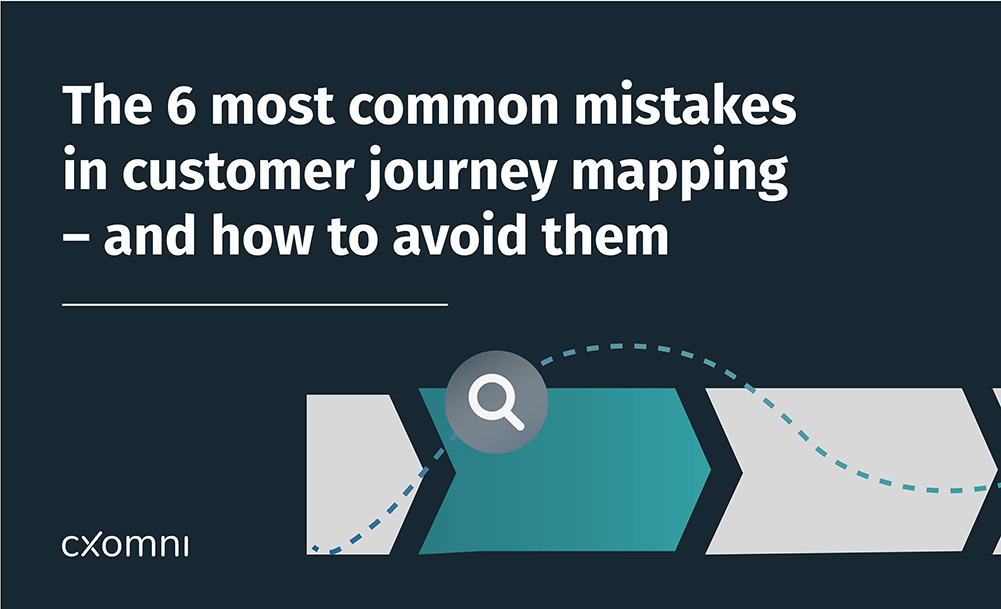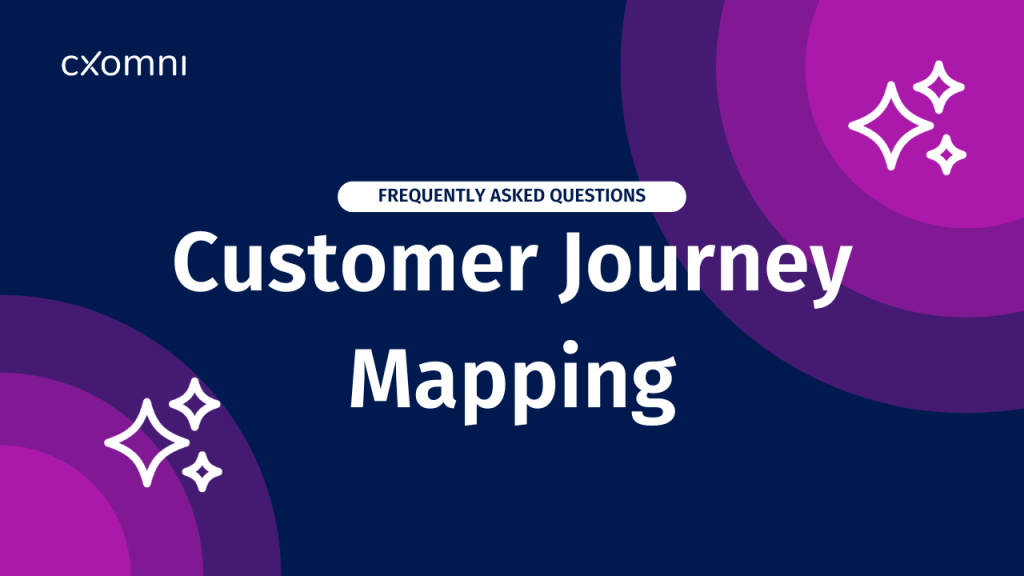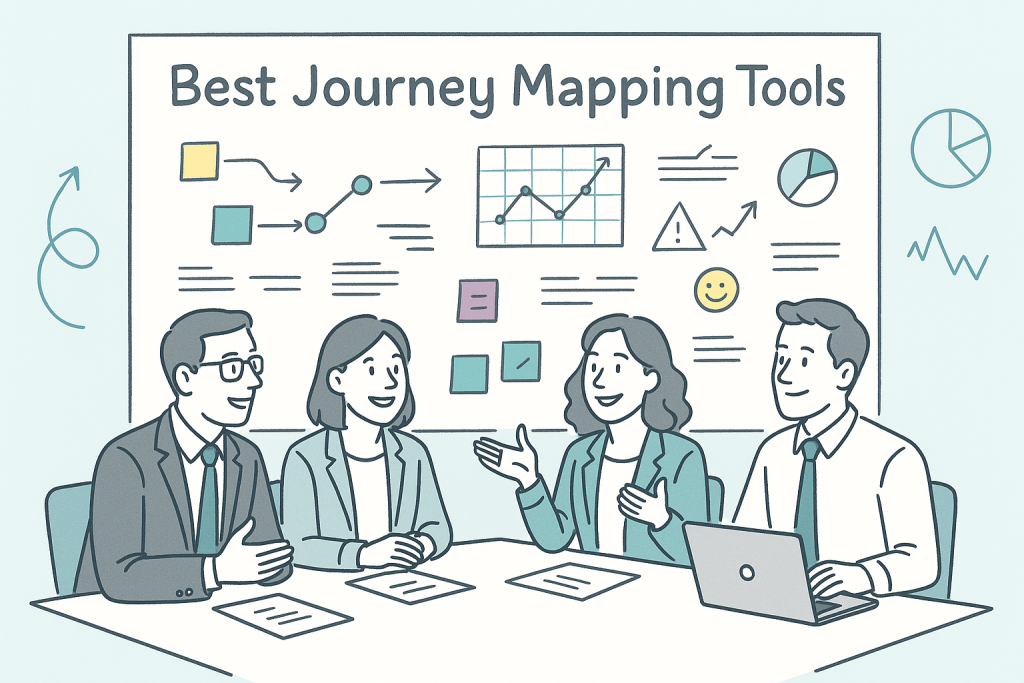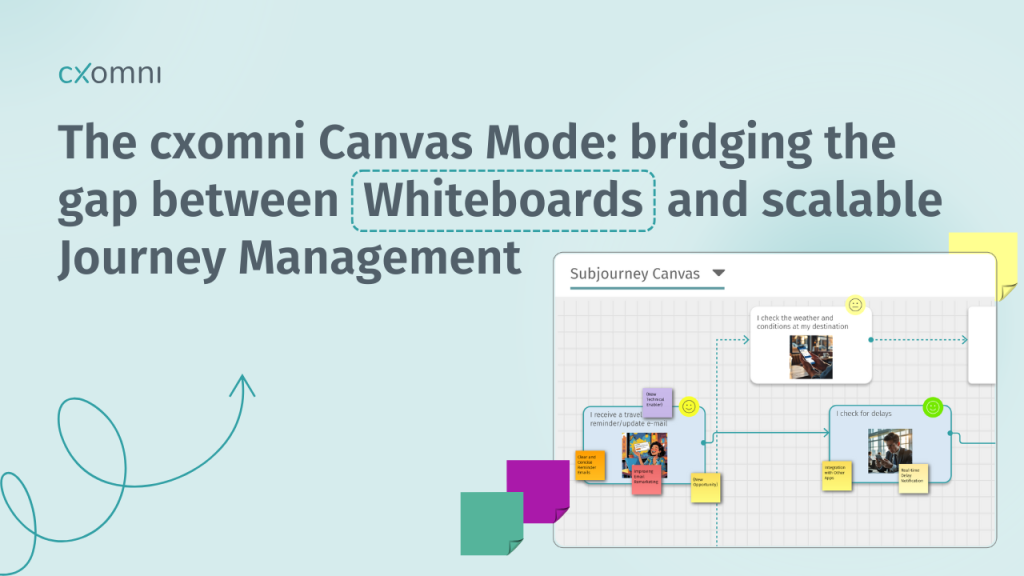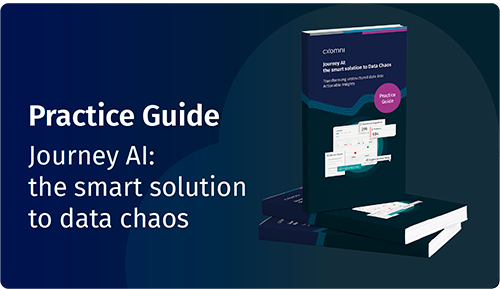We’ll show you the 6 most common mistakes companies make when working with Customer Journeys. We’ll also present practical solutions you can implement immediately—proven in real-life projects.
These insights come directly from projects with companies in industries like insurance, energy, and transportation.
1. Journey Maps not tied to revenue or business goals
Many CX teams start with secondary products or internal processes because they’re easier to analyze. But if a journey doesn’t directly impact key KPIs like revenue, churn, or customer satisfaction, relevant departments won’t engage.
Solution:
Start with business processes that are critical to your company—those that impact revenue and contribute to your business objectives, such as product onboarding, contract renewals, or upselling journeys.
2. Journey Maps include vague, non-actionable insights
Journey Maps often include statements like “Customer feels lost when looking for contact info”—but without context and actionable recommendations, this isn’t helpful for teams like Product or Operations.
Solution:
Use clear and especially actionable insights. Apply the following three-step format for your insights:
- What’s happening?
- Why is this relevant?
- What exactly do we recommend?
This helps other teams (e.g. Product or Operations) understand your findings and take action—turning insights into concrete measures.
3. You don’t know the maturity level of your journey work
Many companies invest time and resources in customer journey mapping – reating journeys, discussing pain points, and using various tools – yet they often lack a clear understanding of where they currently stand.
Without knowing how effectively journeys are being used, it’s difficult to make targeted decisions or advance the overall strategy. As a result, journey initiatives often remain a patchwork of isolated efforts rather than forming a strategic, organization-wide approach.
Why a maturity assessment makes sense:
-
It reveals which areas are already approached systematically and where development is needed.
-
It helps set priorities and define next steps—based on the company’s specific situation.
Working with customer journeys is not a standardized process—every organization starts from different conditions and pursues unique objectives. A maturity assessment provides an objective view of the current state and creates the foundation for sound decision-making.
It shows where an organization stands today and identifies meaningful next steps.
Depending on the underlying model, a structured maturity assessment evaluates dimensions such as strategy and governance, tools, processes, data integration and measurability, as well as awareness and team competencies. This creates transparency about how professional and integrated the journey work truly is, not just from the perspective of individual teams, but across the entire organization.

Free maturity assessment 🔎
How advanced is your use of customer journeys?
4. No structured workflow after mapping
Many companies treat their Journey Maps as one-off projects—afterwards, nothing happens. Without defined processes, responsibilities, and feedback loops, the map remains ineffective.
Solution:
Establish a workflow with clear responsibilities for insights, regular reviews, and direct linkage to roadmaps or backlogs.
Tip: Ideally, use a platform where insights can be assigned and tracked directly.
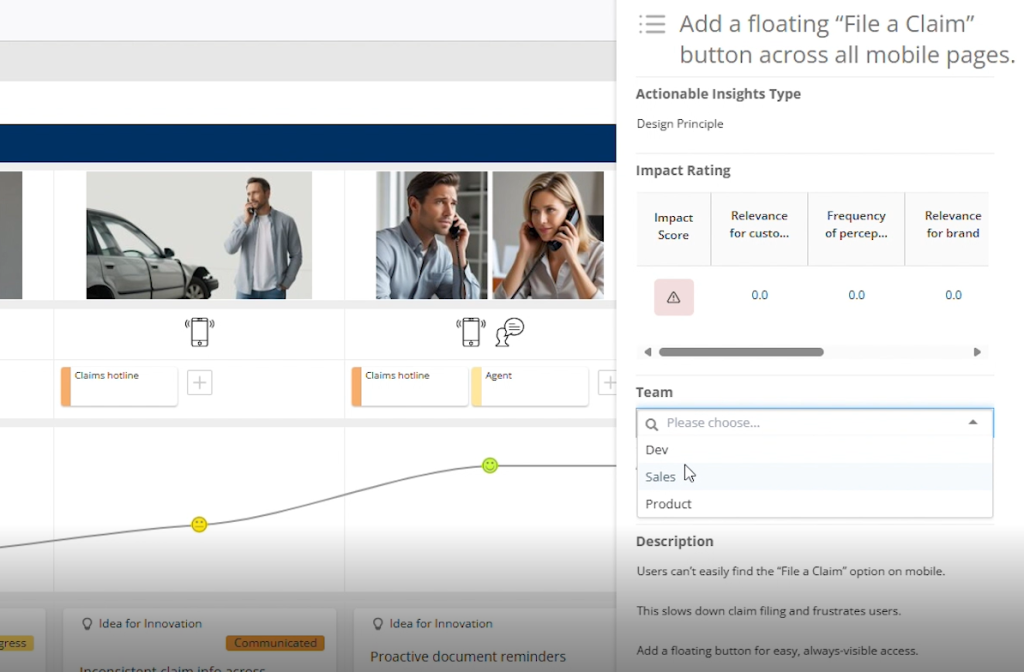
5. Lack of involvement from other departments
Solution: Involve relevant stakeholders, such as Product, Sales, or Support, already during goal-setting. Co-creation fosters ownership and drives implementation.
6. Too many touchpoints per journey step
Solution: Limit each step to 3–4 relevant touchpoints. Use separate variations or paths for alternative contact methods. Focus on decisions, not on channels.

Summary: Follow these 6 Journey Mapping Tips
- Only create maps that truly help the business
- Formulate insights clearly, specifically, and in actionable terms
- Know the maturity level of your Journey work
- Plan for the process after mapping
- Actively involve other departments
- Focus on relevant touchpoints
In this video, we explain 5 mistakes with real-world examples and show how to avoid them in practice:
